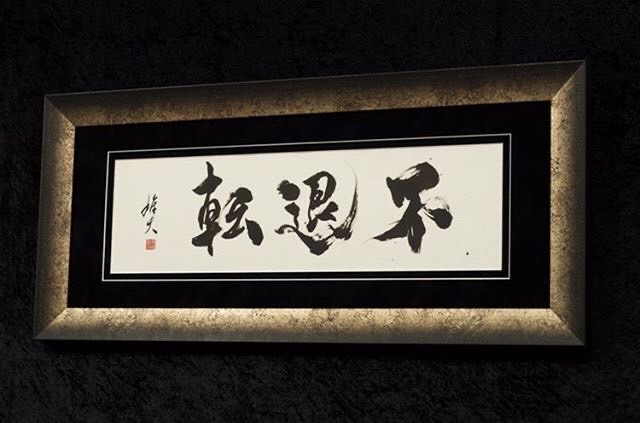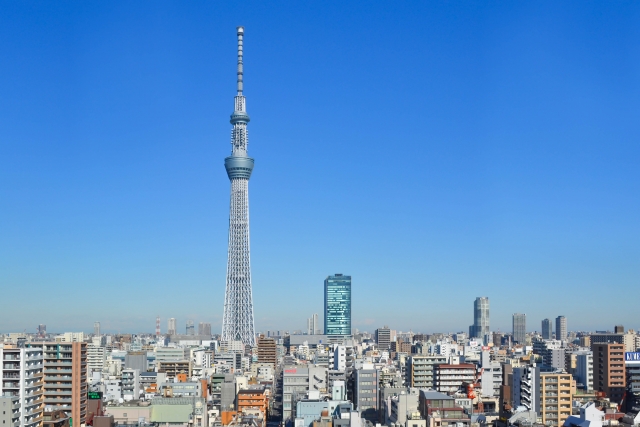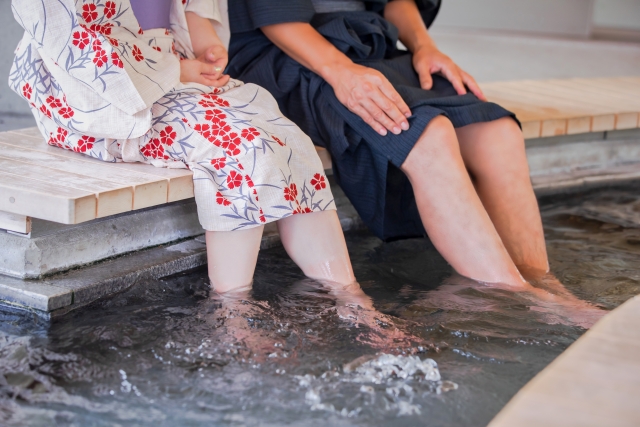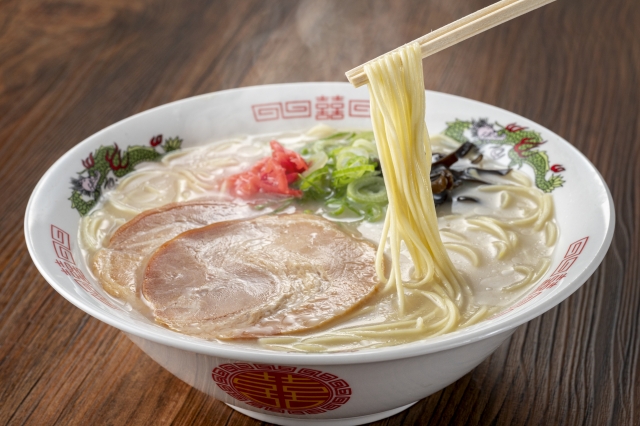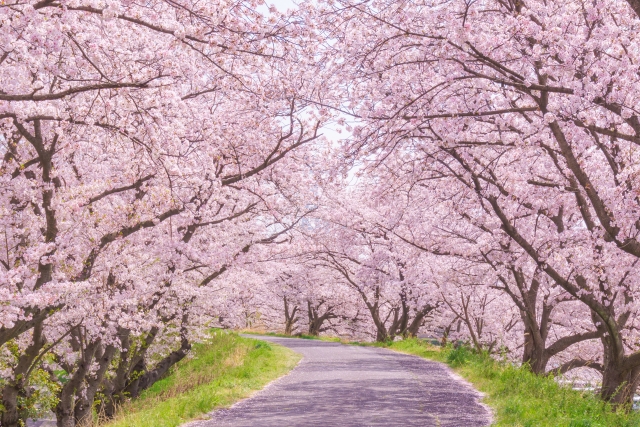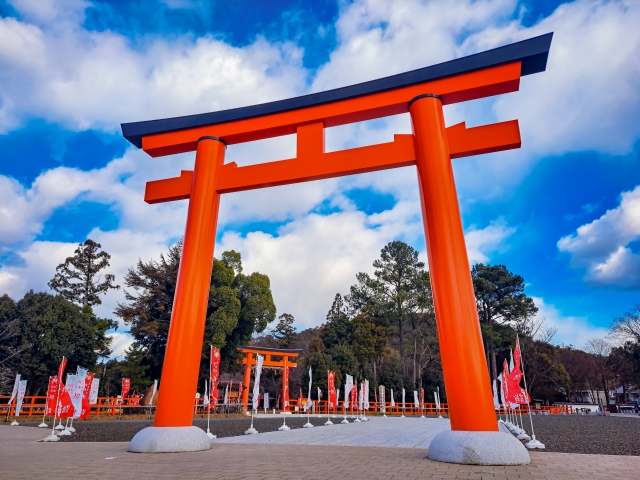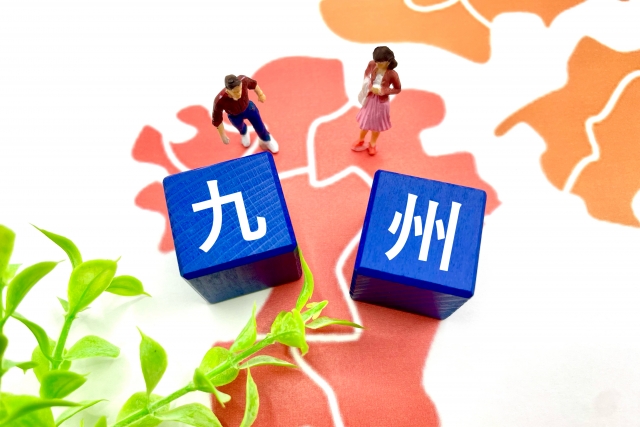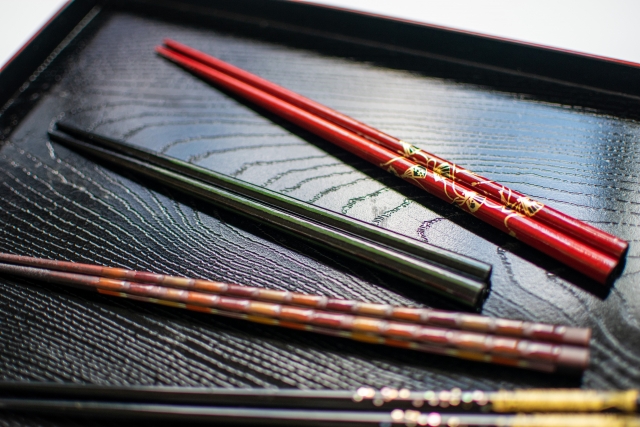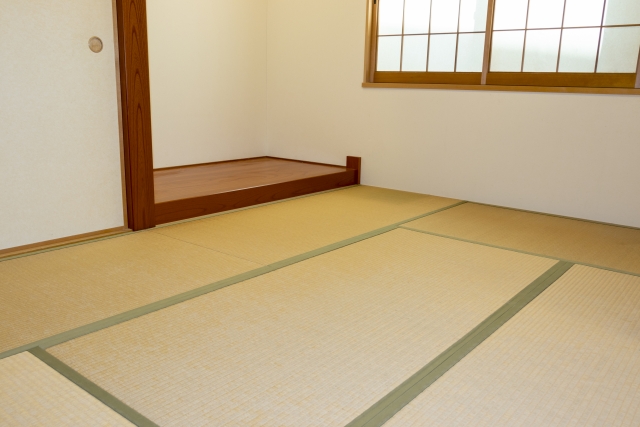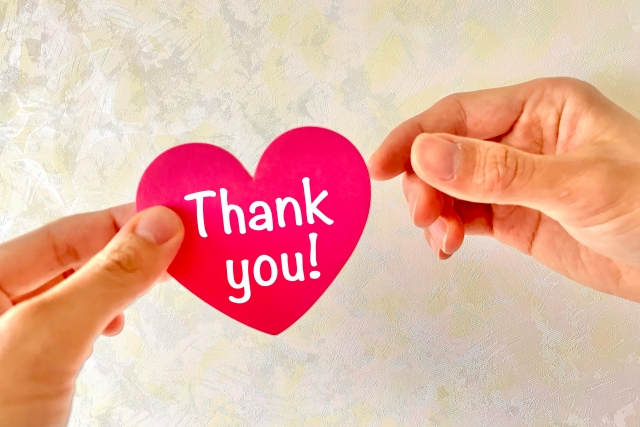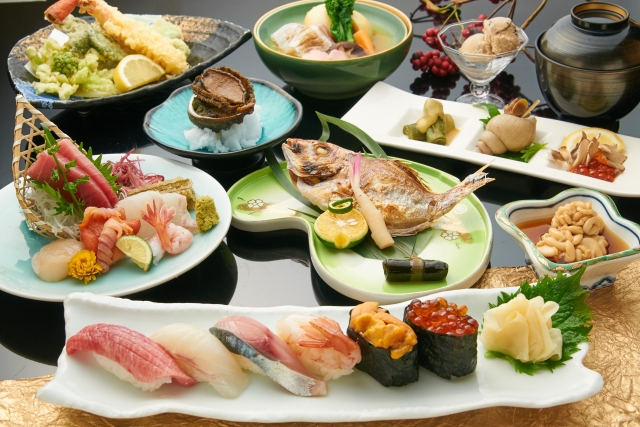Breaking New Ground Beyond Schools, Seeking Life’s Answers Through The Way of Japanese Calligraphy
Contents
- ■Profile
- A Childhood Spent Obsessively Writing Characters
- From Dynamic Japanese calligraphy Performances to A Unique Respect for Culture, Tradition, and Materials
- ーAnd you’ve continued practicing calligraphy from that point until now?
- ーSo at that point, did you feel like giving up Japanese calligraphy entirely? Or did you still want to pursue it, just not through formal study?
- ーFrom what you’ve said so far, it doesn’t seem like you were influenced by any particular calligraphy school or tradition. Instead, it was the dynamic, entertainment-focused aspect of performing Japanese calligraphy to music that initially drew you in and became a turning point. Is that accurate?
- ーI see. But you also mentioned that your perspective has changed again since then. For readers encountering Japanese calligraphy for the first time, especially those overseas, could you share what you now find appealing about the way of Japanese calligraphy?
- Simply Absorbing Each Piece Directly, Without Pretense
- For Commissioned Works, I Immerse Myself in the Client for 2-3 Months
- Committed to Handing Works Over in Person; Hoping to Create More Interactive Experiences


